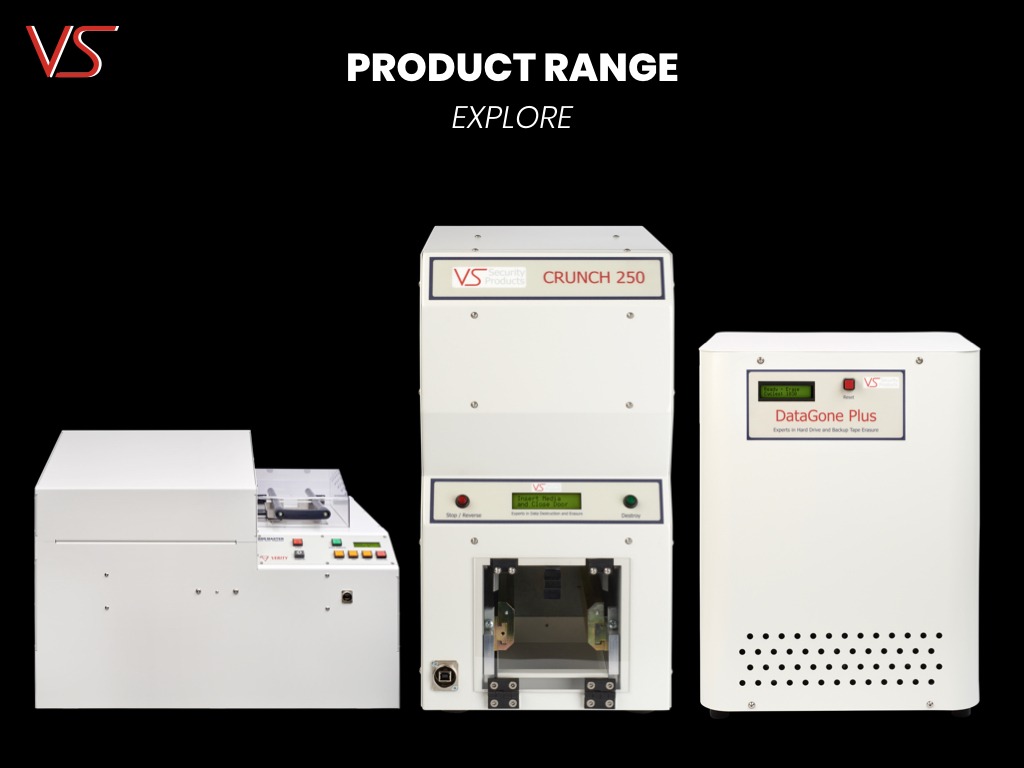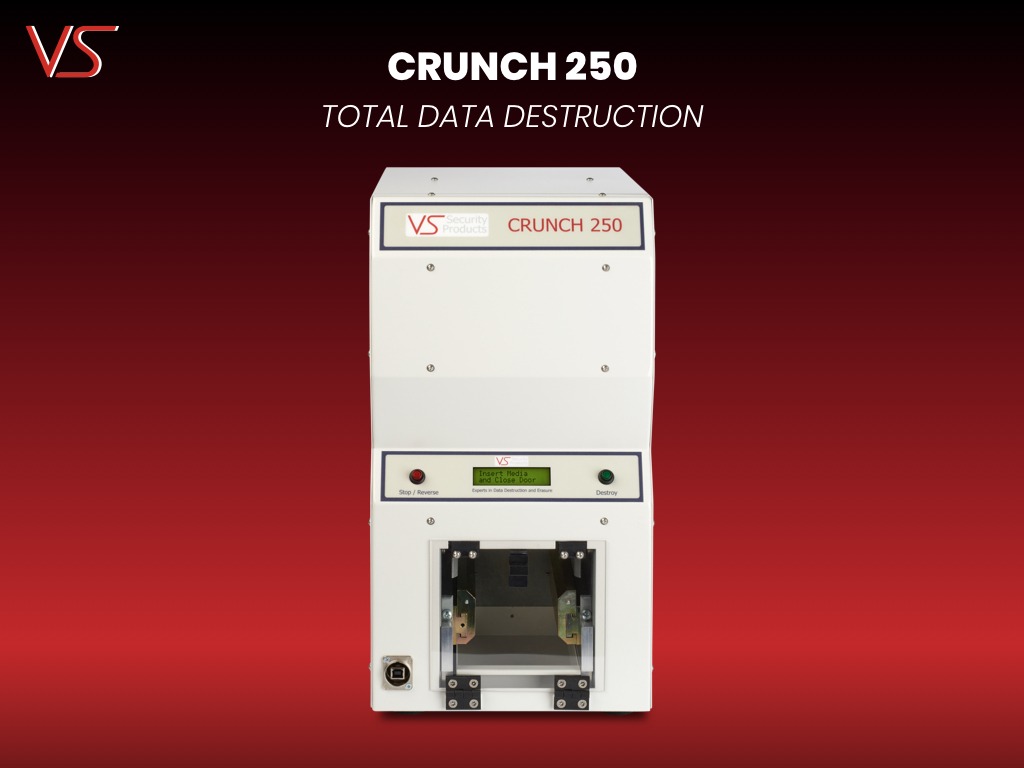Degaussing: Your In-House Guardian Against Cyberattacks on Legacy Systems

In today’s ever-evolving digital landscape, cybersecurity threats are a constant concern. But what about the forgotten soldiers of the IT world — legacy systems that are no longer actively used but still hold a treasure trove of sensitive data?
These systems, often decommissioned due to age or incompatibility, can harbor a vulnerability — residual data on their hard drives. A data breach on a legacy system can have devastating consequences, exposing financial records, intellectual property, or even personal information.
This is where degaussing emerges as a powerful in-house tool for organizations to bolster their cybersecurity posture. Degaussing is a process that utilizes a powerful electromagnetic field to disrupt the magnetic patterns that store data on hard drives. Essentially, it renders the data unreadable, making it virtually impossible to recover, even with sophisticated techniques.
Why Degaussing is Ideal for Legacy Systems
Here’s why degaussing shines as a solution for safeguarding data on legacy systems:
- Cost-Effective In-House Control: Compared to outsourcing data destruction services, degaussing offers a cost-effective, in-house solution. Organizations can establish a secure degaussing station within their own facilities, allowing for greater control over the data destruction process.
- Enhanced Security for Outdated Systems: Legacy systems often lack the robust security features of their modern counterparts. Degaussing provides an additional layer of security by ensuring that any residual data on these systems is permanently destroyed, minimizing the risk of unauthorized access in case of a breach.
- Streamlined Decommissioning Process: Degaussing simplifies the decommissioning process for legacy systems. Once the data is securely destroyed, organizations can confidently dispose of the hardware or explore data center recycling initiatives for specific components.
Degaussing: Not a One-Size-Fits-All Solution
While degaussing is a powerful tool, it’s important to acknowledge its limitations:
- Solid-State Drives (SSDs): Degaussing is ineffective for SSDs, which utilize flash memory instead of magnetic storage. For SSDs, physical destruction methods are recommended. You might like to explore the Crunch 250 Hard Drive Destroyer for example.
Building a Robust Cybersecurity Strategy
Degaussing is a valuable component of a comprehensive cybersecurity strategy for legacy systems. Here are some additional considerations:
- Data Backups: Before decommissioning any system, ensure all critical data has been securely backed up on a separate, up-to-date system, and hard drives that are to be disposed of are fully degaussed so that no data traces are left.
- Security Awareness Training: Educate employees on the importance of data security and proper disposal procedures for electronic devices.
Conclusion:
Degaussing empowers organizations to take control of data security for their legacy systems. It’s a cost-effective and efficient in-house solution that minimizes the risk of cyberattacks on outdated hard drives that are not being used but still at risk of data theft. By incorporating degaussing into their cybersecurity strategy, organizations can ensure the complete and permanent destruction of sensitive data, safeguarding their information and mitigating potential breaches.
Learn more about our hard drive degaussing solutions by visiting our website.
Photo credit: Christina Morillo


